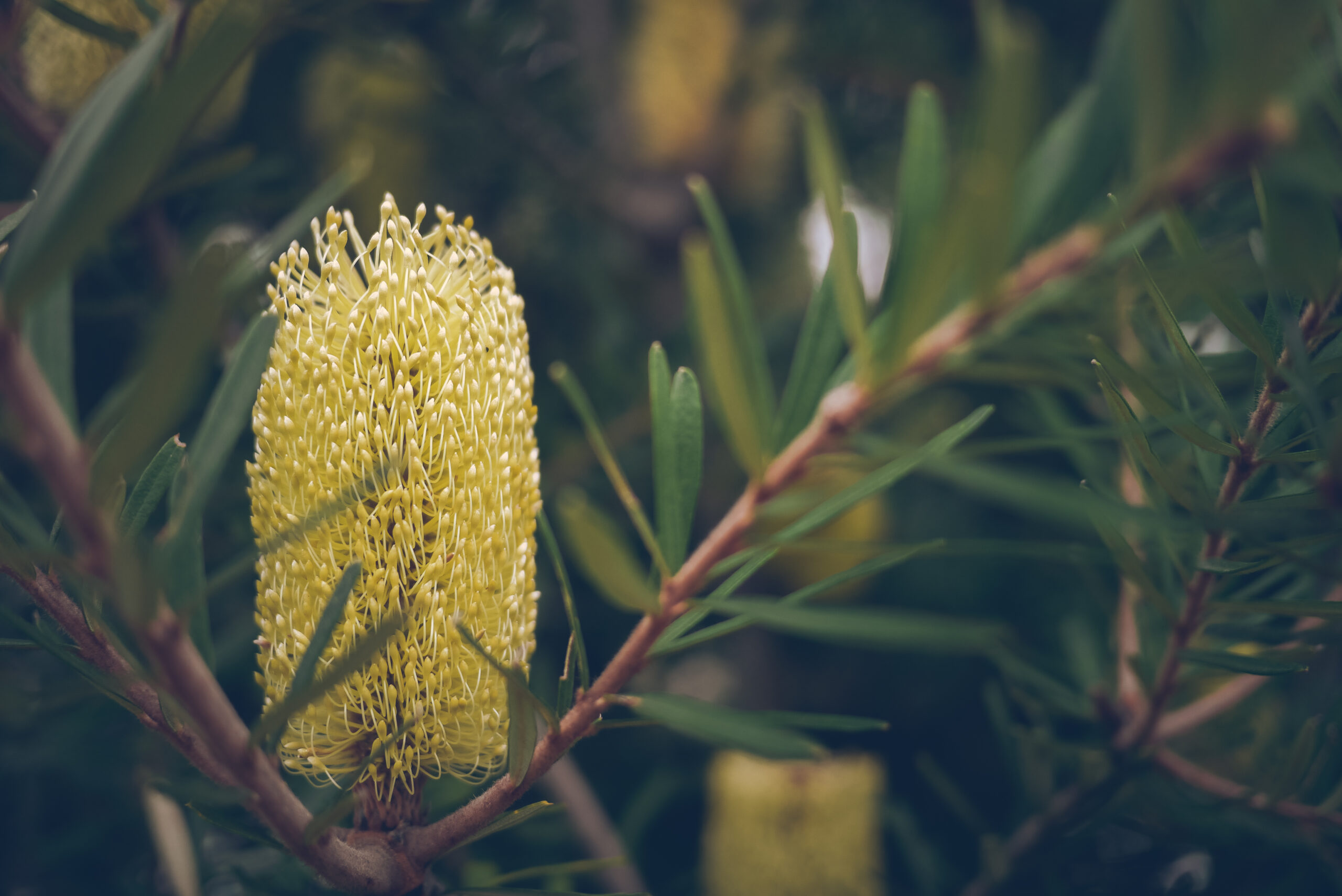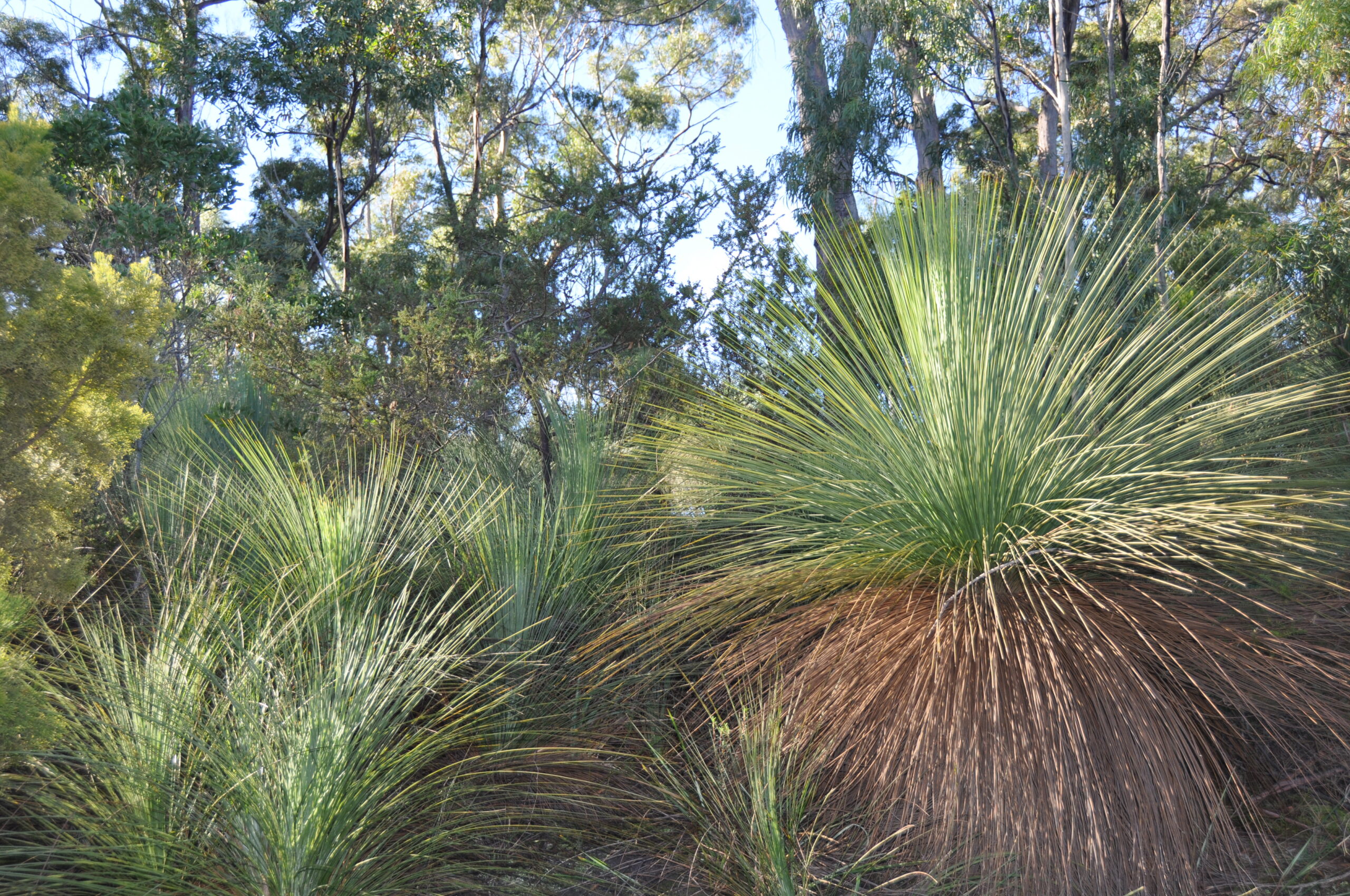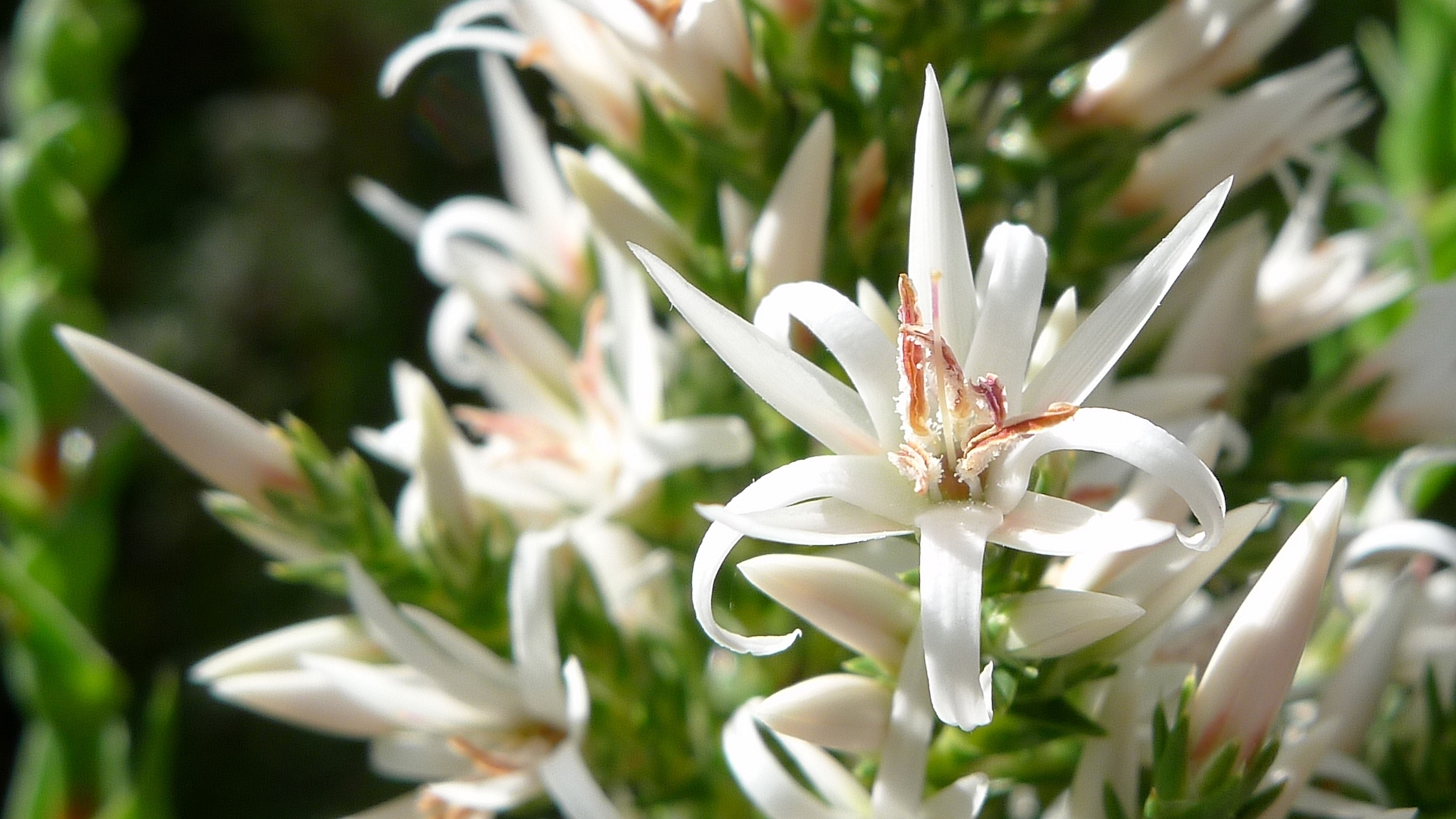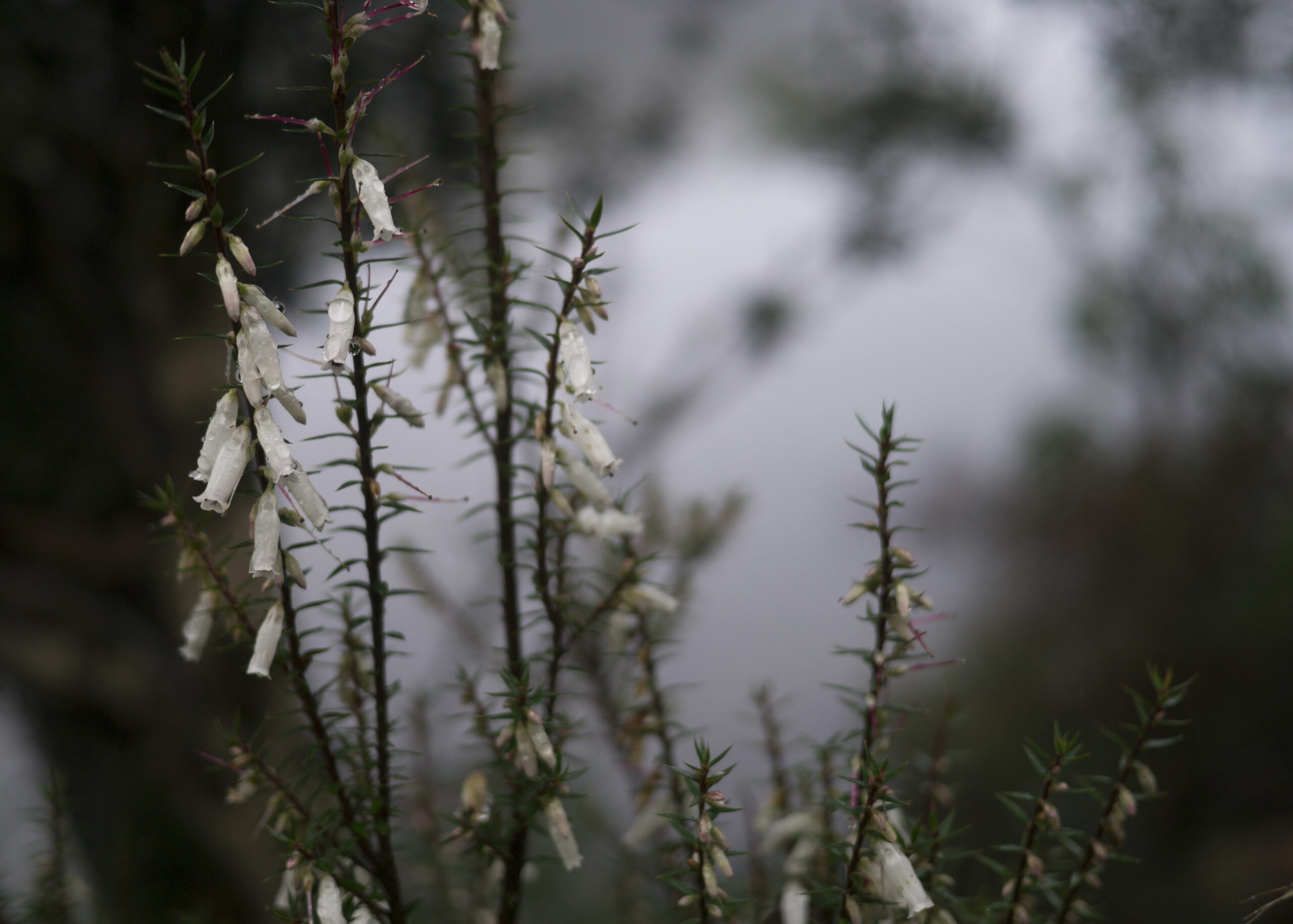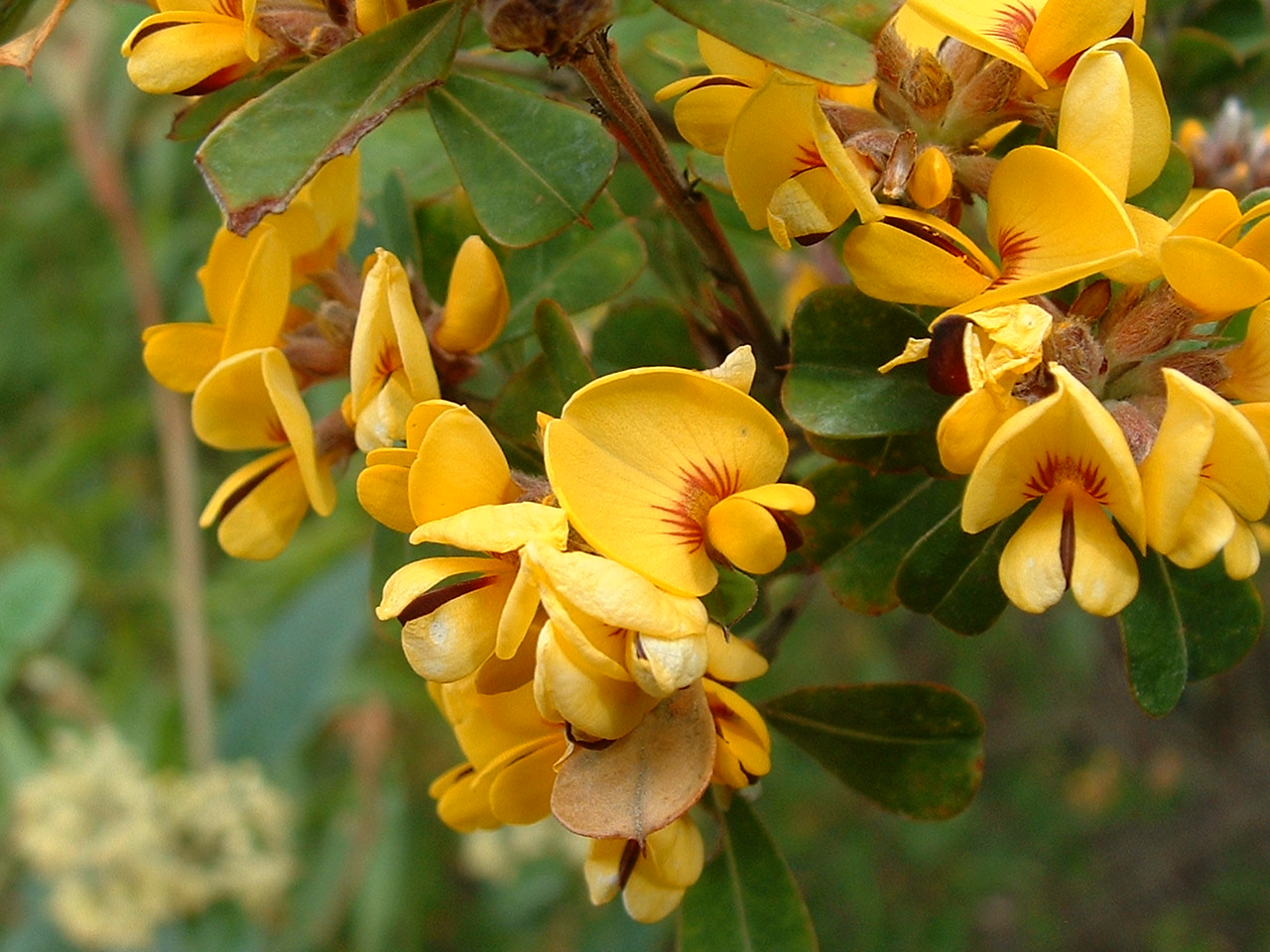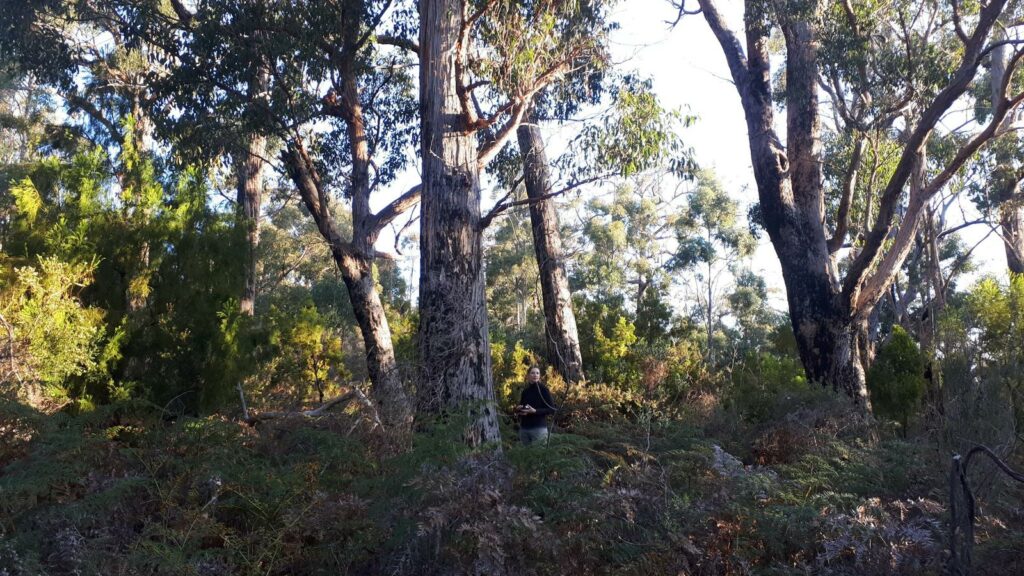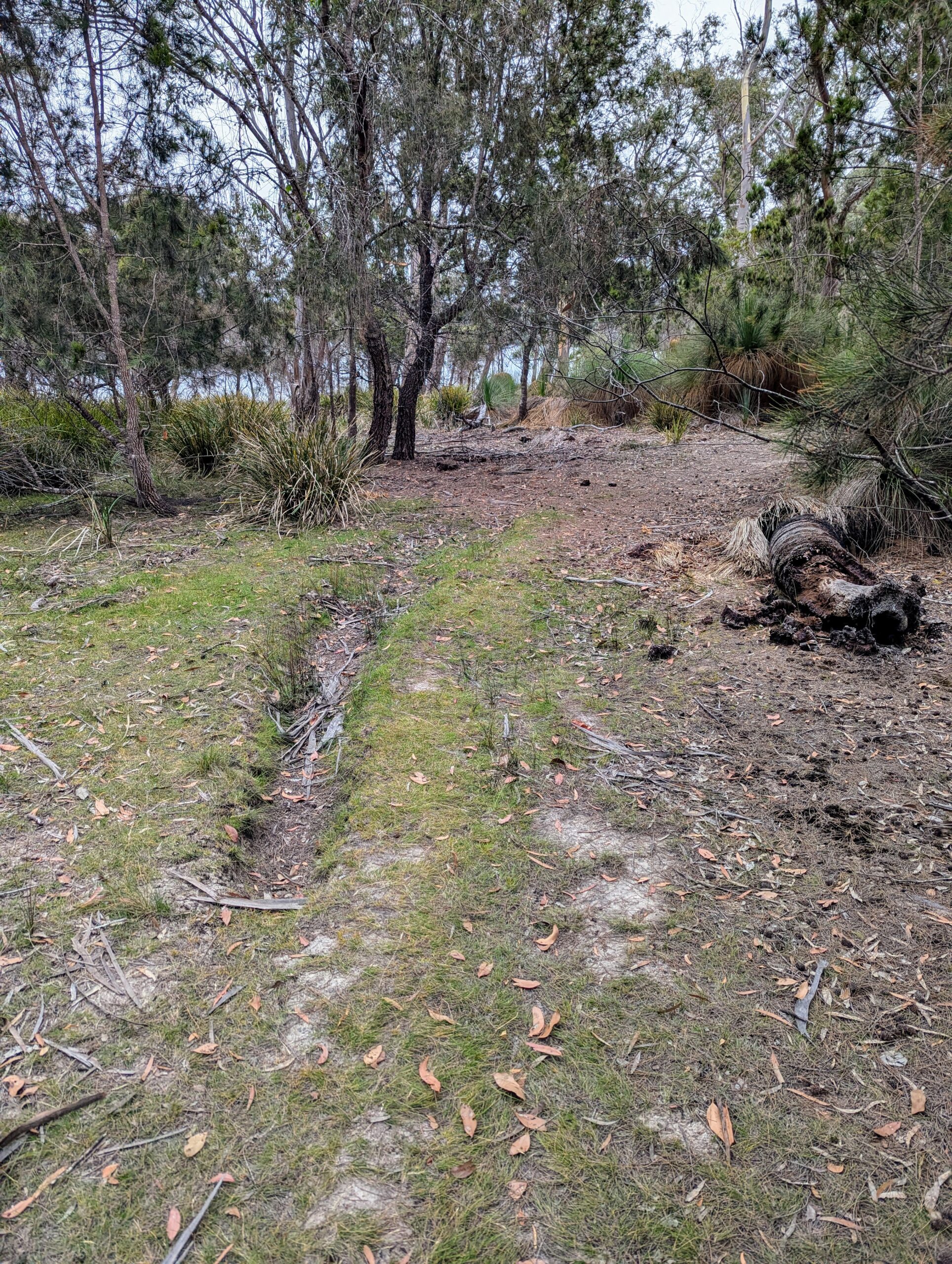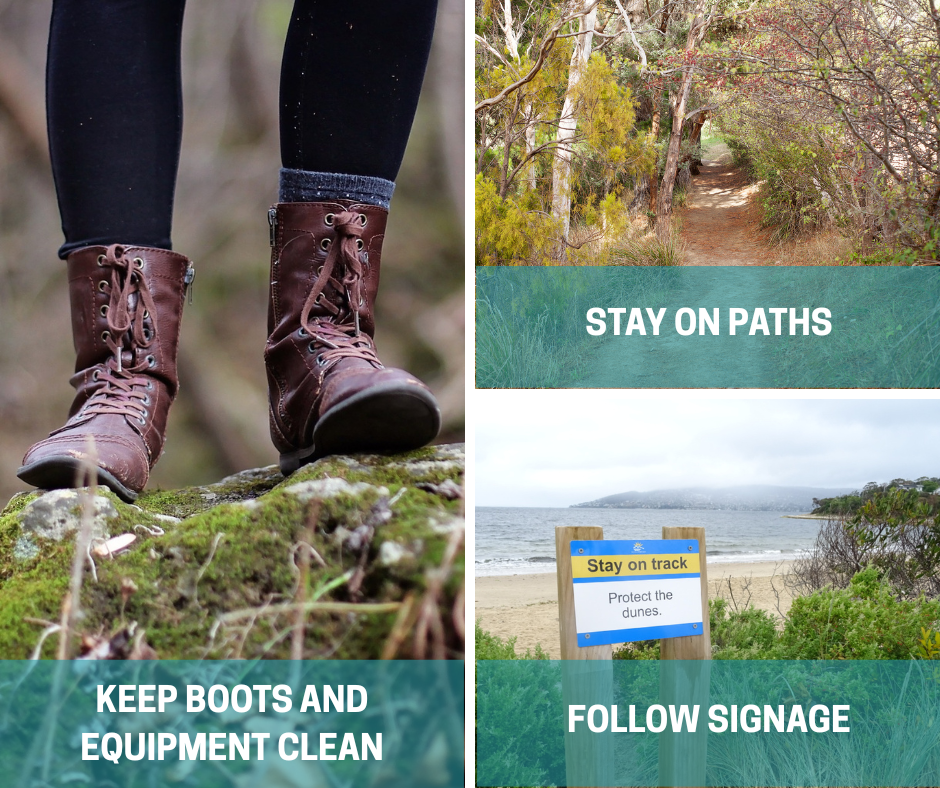HOW PHOSPHITE CAN HELP PROTECT OUR BUSHLAND FROM PHYTOPHTHORA DIEBACK
Phytophthora cinnamomi is a serious plant disease threatening Australia’s native bushland and has been classified as a major risk factor to our environment by leading experts. NRM South is working with the Tasmania Parks and Wildlife Service (PWS) to tackle this disease across priority areas on Bruny Island.
dieback – a serious threat to our bushland areas
Phytophthora cinnamomi is a serious plant disease threatening Australia’s native bushland. Introduced to Australia (most likely from infected horticultural plants originating from south-east Asia), it has been classified as a major risk factor to our environment by leading experts. Commonly known as “dieback,” this microscopic water mould infects the roots of plants, stopping them from taking in water and nutrients. The result is a slow decline, which leads to the eventual death of the plant. With no feasible strategies to eradicate dieback, infections are effectively untreatable. Needless to say, in sensitive ecosystems, the disease can wipe out entire populations of native vegetation.
Many of Tasmania's native species are susceptible to Phytophthora.
More than 40% of Australia’s native plant species are vulnerable to Phytophthora. This includes iconic species such as banksias, grass trees (Xanthorrhoea) and many types of heath. These plants form the foundation of native ecosystems, so when they die, the animals that depend on them for food and shelter are also put at risk, including birds, insects and mammals. Dieback in Tasmania is especially concerning because of the state’s high number of endemic species— those that are found nowhere else in the world.
As part of our multi-faceted ‘Biodiverse Bruny’ project, we are working with the Tasmania PWS to address the issue of dieback on Bruny Island. While dieback can be seen across the island, it generally occurs in localised patches, where it has been established for many decades. The main way it spreads between sites has been through machinery, for example roadworks, construction and tree harvesting. It also spreads, to a lesser degree, via water moving across the land, wildlife activity and along walking tracks.
We are working with PWS to trial the use of a chemical control treatment called phosphite. Phosphite doesn’t kill the pathogen outright but is thought to help boost plants’ natural defences, helping them to resist infection and giving them a better chance of survival. Originally a systemic agricultural fungicide, phosphite is increasingly being used to reduce the impact of Phytophthora in native vegetation in Western Australia and Victoria, but it has not yet been widely used in Tasmania.
Phosphite spray treatment will be trialled at infected sites in Mark’s Point Conservation Area and the Quarantine Station State Reserve on North Bruny Island. The understorey in these areas is dominated by grasstrees (Xanthorrhoea australis) which are highly susceptible to Phytophthora. The infected areas will be sprayed every two years but monitored annually (for 6 years).
Alongside the phosphite treatment PWS will be carrying out some track works at Mark’s Point to reduce the spread of Phytophthora by foot traffic. Phytophthora is easily spread by walkers particularly during wet conditions. It is important to stop the spread of disease from this area into other sensitive and threatened communities – particularly Black Gum Forests present along other popular walking tracks on Bruny Island. This vegetation community is classified as a 'Threatened Ecological Community', unique to Tasmania and at risk from a number of threats including dieback.
New signage will also be installed in infected areas, to help spread the word about dieback and what visitors to and residents of Bruny Island can to do help contain it.
While phosphite is a helpful tool, it’s not a cure. That’s why preventing the spread of Phytophthora is just as important. You can help protect native bushland by following a few simple steps:
- Clean your boots and equipment before entering and after leaving bush areas.
- Stay on marked paths to avoid disturbing soil that may carry the disease.
- Following signage and area closures put in place by land managers.
Every action helps. Together, we can slow the spread of Phytophthora and preserve Australia’s unique ecosystems—especially those in Tasmania—for future generations.
This project is funded by The Australian Government’s Natural Heritage Trust and delivered by NRM South, a member of the Commonwealth Regional Delivery Partners Panel.

